Papier-mâché, wood.
Germany.
ca. 1890.
h. 17,7 in.
The three main parts of the flower — its stem, corolla, and calyx — rise above a bent stem, here curved, and fixed at the base by a wooden spindle, as is typically the case with Brendel flowers.
The pentamerous calyx of the Sage flower, resting on a quadrangular, hairy stem section, supports a two-part corolla with two “lips”, the upper one in a “keel-shaped” form, and the lower, broad and hanging, which allows pollinators to land on the flower. The corolla in this Brendel model is removable and separates into two parts, allowing a closer view of the flower's stamens. Unlike later models of Salvia officinalis from the Brendel workshops, the two parts of the corolla are not held together by a catch.
Founded in 1866 in Breslau (now in Poland), the company established by Robert Brendel became increasingly famous for its enlarged and modular botanical models. After Robert Brendel’s death in 1898, his son Reinhold Brendel took over the management of the company. Now based in Grünewald, a suburb of Berlin, the company added a prestigious medal at the 1900 “Exposition Universelle” in Paris to the honors it had received under Robert Brendel’s direction at exhibitions in Moscow (1872), Cologne (1890), and particularly at the famous 1893 Chicago World’s Fair.
The Brendel botanical models, named after their creator Robert Brendel, were intended for teaching botany in German universities, soon to be imitated by institutions across Europe, including in England, the former Austro-Hungarian Empire, France, and especially Italy. For this purpose, the most advanced models from the factory were designed in removable parts, as seen here, where the two parts of the corolla can be removed from the calyx and separated, allowing students to study the reproductive organs of the Sage flower.
Rare and fragile, most of the Brendel flower models are now preserved in natural history museums or among the collections of prestigious universities. They can be found in the collections of the Smithsonian Museum in Washington D.C., at the universities of Bologna and Florence, as well as at the National Museum in Liverpool and the University of Lille.
The Sage flower corresponds to number 111 in the Brendel catalog and is part of the VI section dedicated to Zierpflanzen (ornamental plants).
Sources
Alexander Tschirch, Erläuterungen zu den botanischen Modellen von Robert Brendel, Berlin, 1885 ; Reinhold Brendel, Preisliste über Botanische Modelle gefertigt und herausgegegeben von R. Brendel, Berlin, 1900 ; Grazinia Fiorini, Luana Maekawa and Peter Stiberc, ‘Save the Plants : Conservation of Brendel Anatomical Botany Models’, Florence, 2008.





















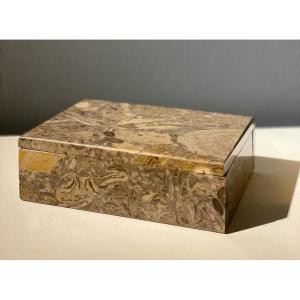

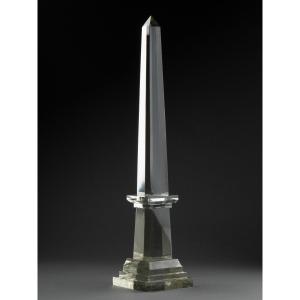


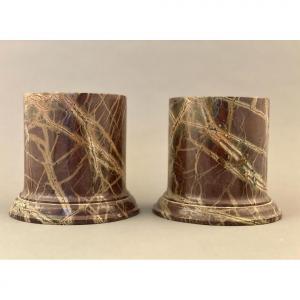

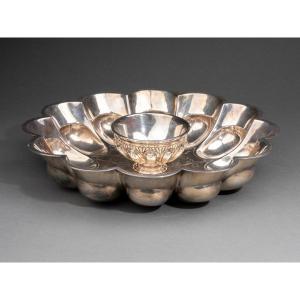

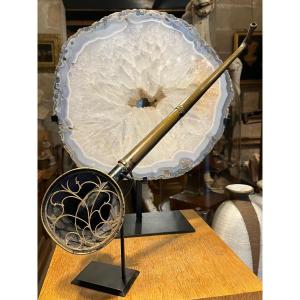
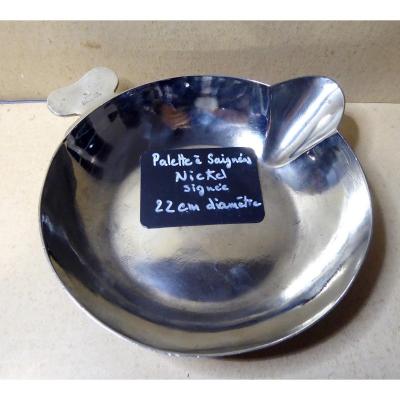






 Le Magazine de PROANTIC
Le Magazine de PROANTIC TRÉSORS Magazine
TRÉSORS Magazine Rivista Artiquariato
Rivista Artiquariato